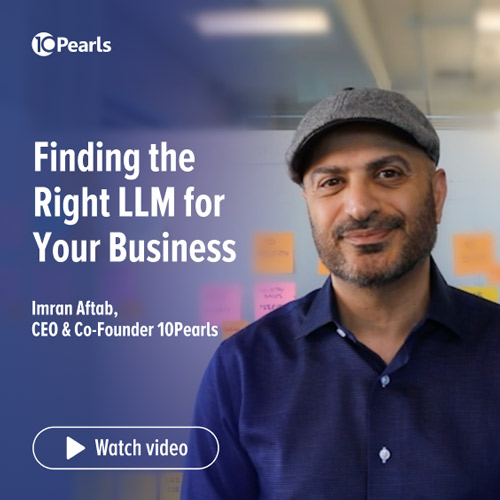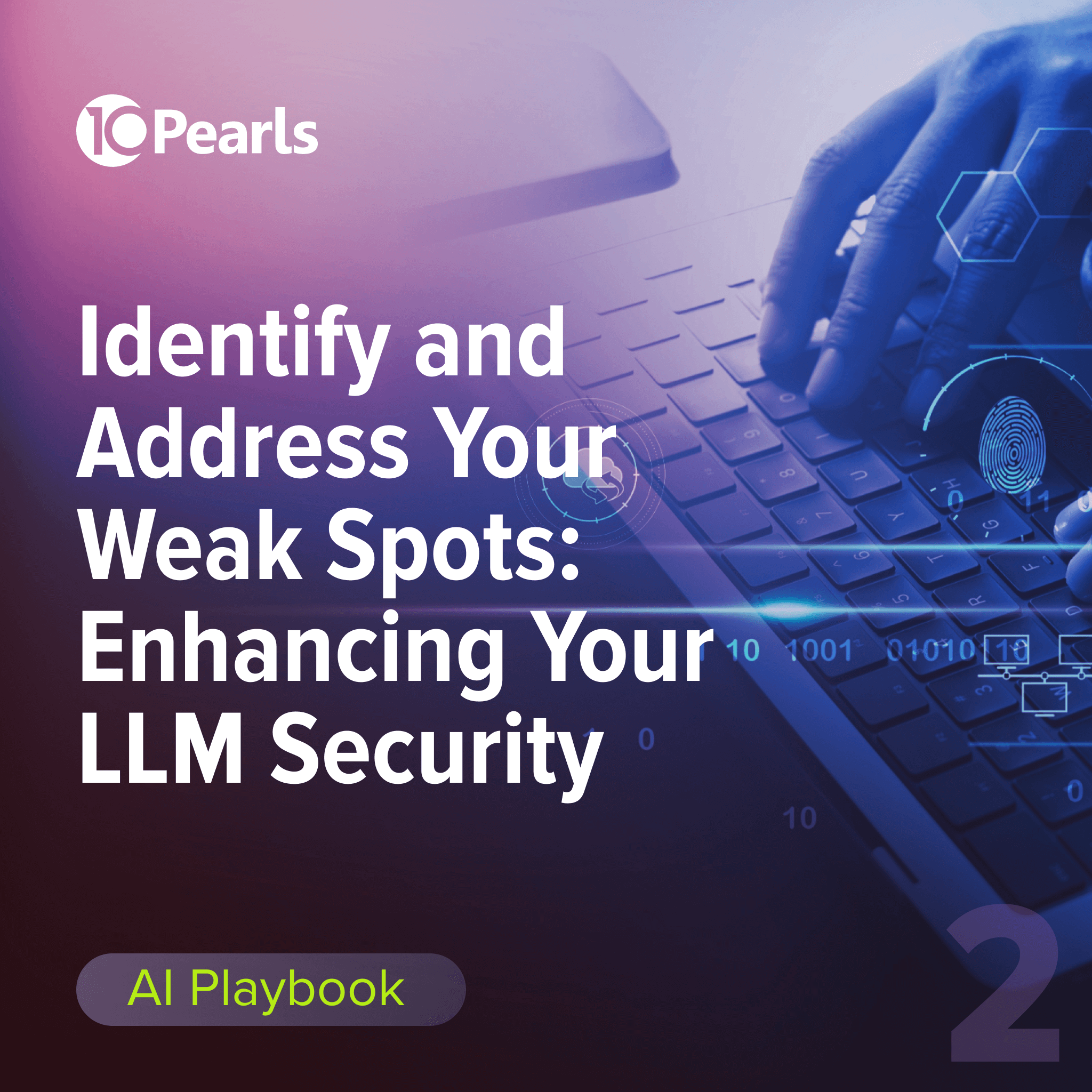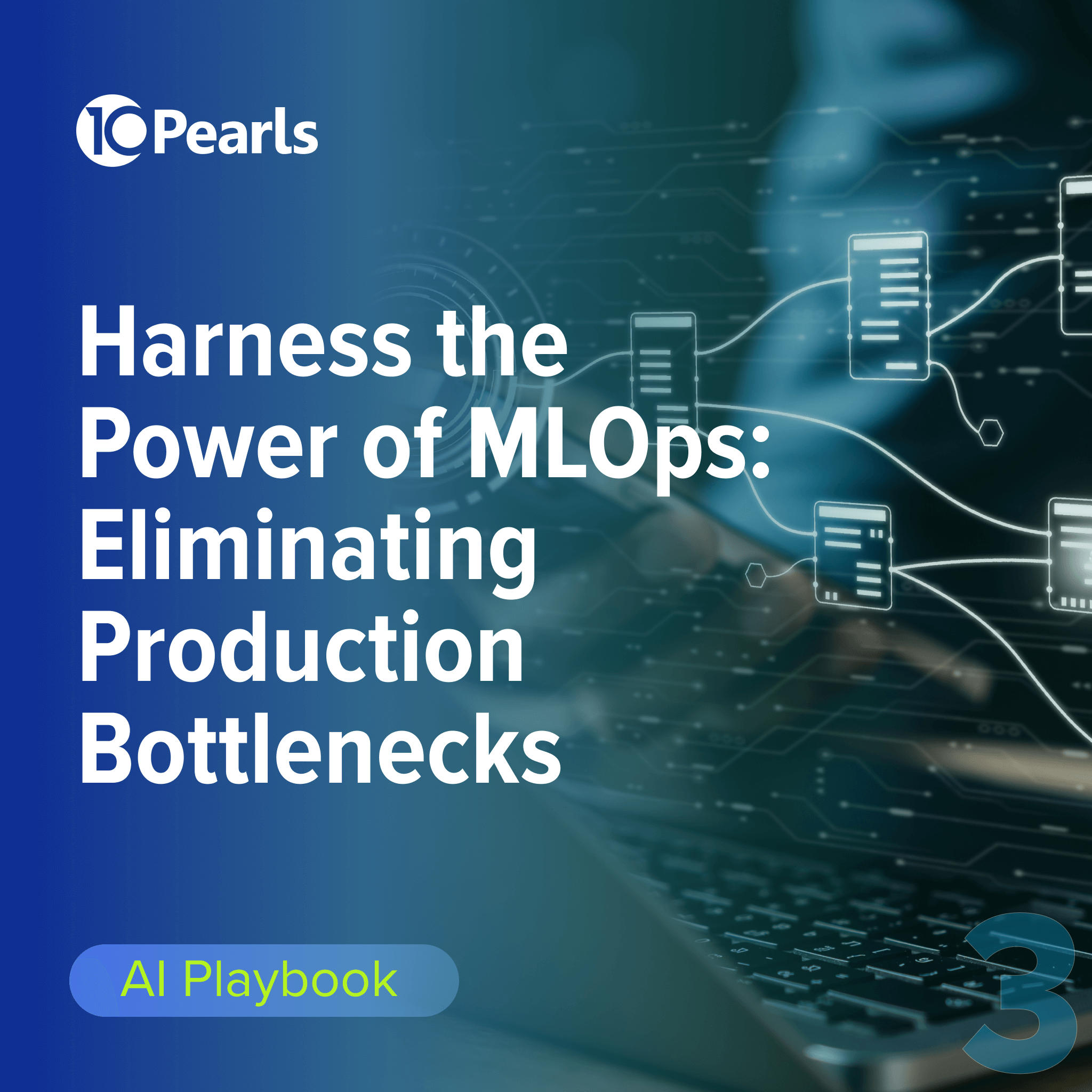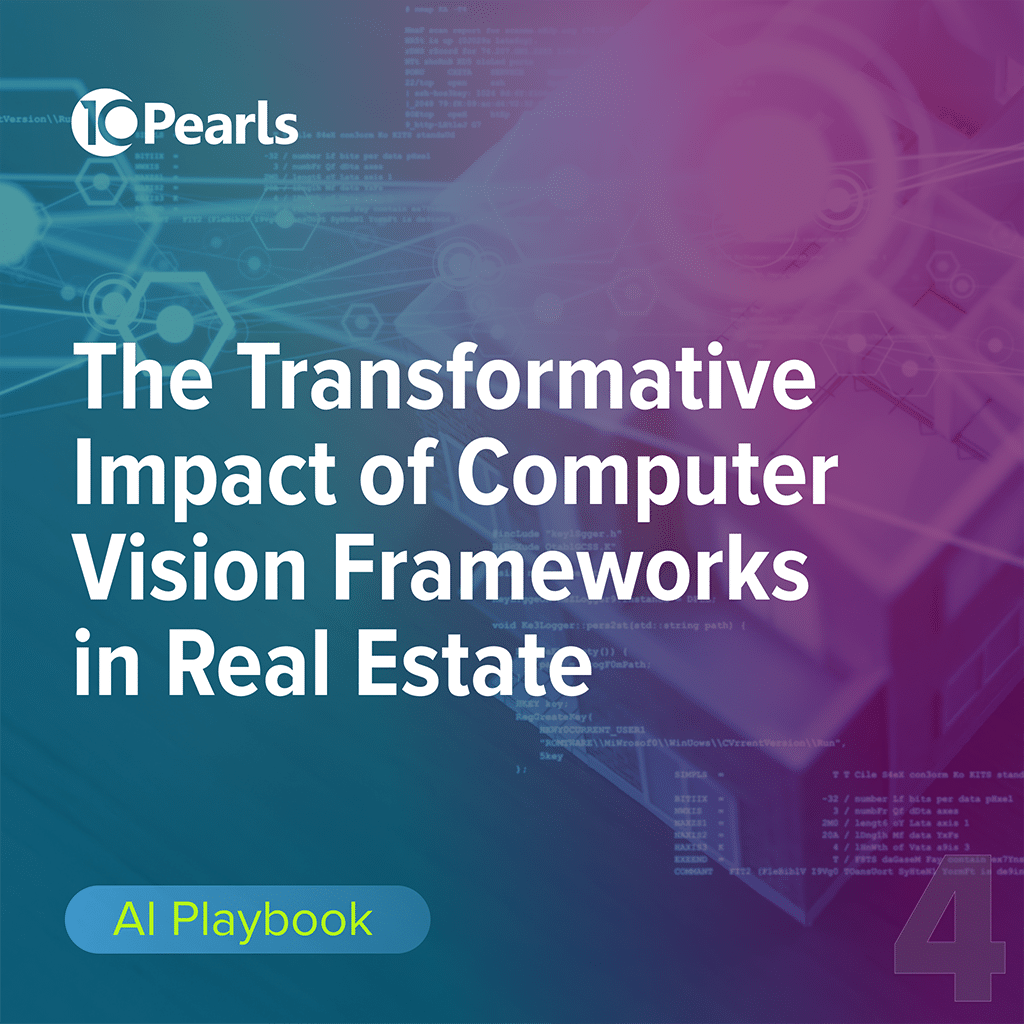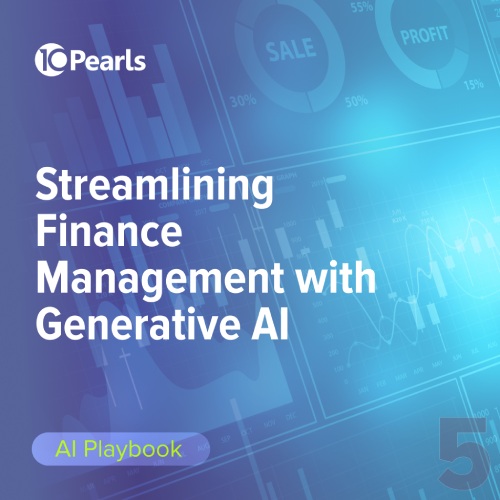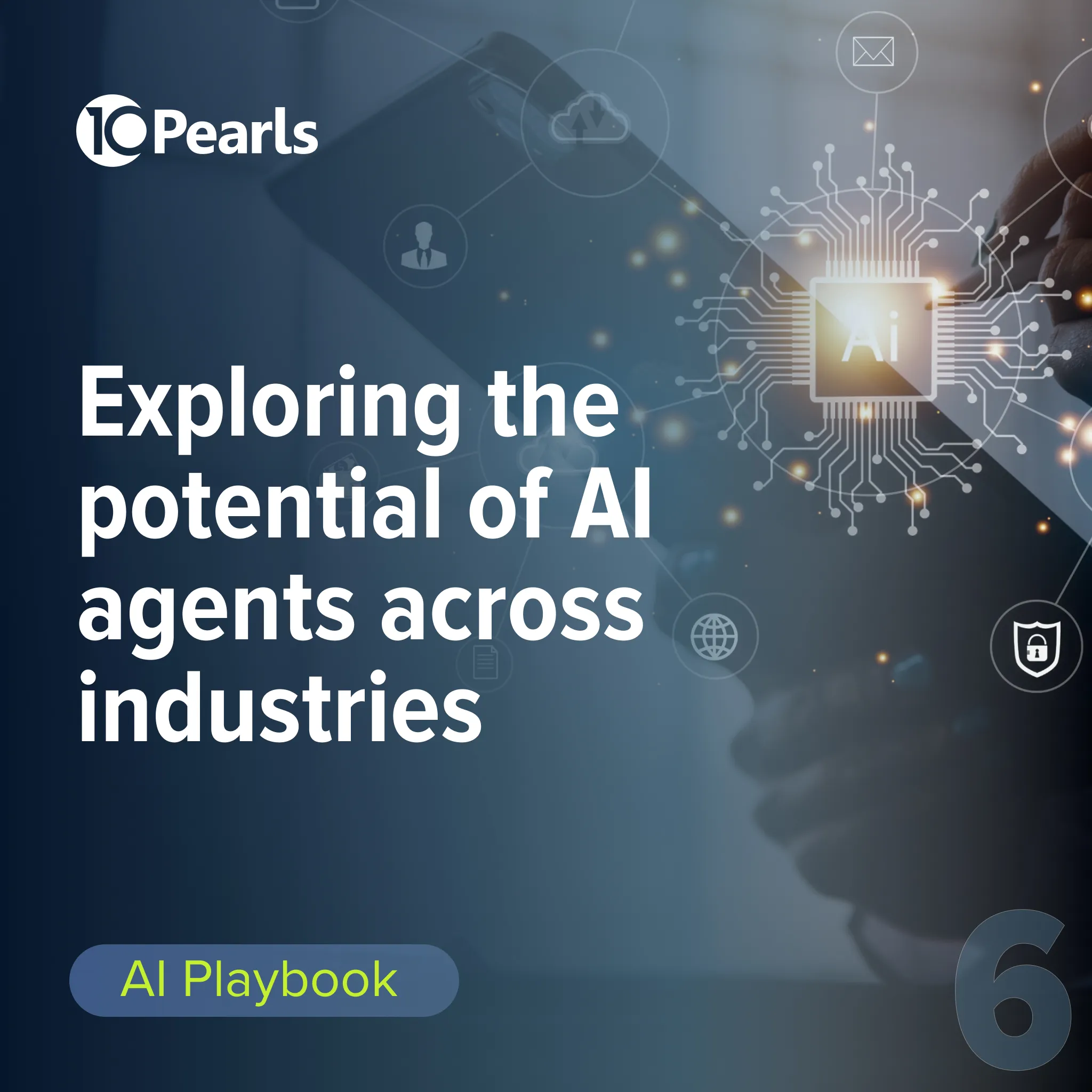From Hype to Impact:
Building AI That Delivers Real Business Value
By 10Pearls editorial team
A global team of technologists, strategists, and creatives dedicated to delivering the forefront of innovation. Stay informed with our latest updates and trends in advanced technology, healthcare, fintech, and beyond. Discover insightful perspectives that shape the future of industries worldwide.
AI adoption is moving fast—but too many organizations are stuck in a cycle of proof-of-concepts that never quite reach production. The excitement around autonomous, intelligent automation is real, but without the right strategy, governance, and alignment with business outcomes, that excitement fades quickly.
In our latest webinar, Zena Al Maskari sat down with Firoze Lafeer, SVP of Future Tech at 10Pearls, to discuss what separates organizations that get real results from those that don’t. The conversation unpacked what it actually takes to scale AI effectively, avoid common pitfalls, and drive measurable value.
1. AI success starts with treating it like a program
While many teams approach AI as a set of tools or experiments, Firoze Lafeer emphasized the need to treat AI like a long-term business program. This means embedding AI into the broader mission, supported by strong governance, cross-functional collaboration, and high-quality data.
How 10Pearls helps:
We help clients move from AI pilots to scalable programs through a structured approach that includes data strategy, architecture planning, and continuous alignment with business KPIs.
2. Don’t just automate tasks—automate outcomes
Many organizations focus on task automation to get quick wins. But Firoze made a key distinction: task automation streamlines isolated steps, while outcome automation reimagines entire workflows for greater value. The latter requires deeper collaboration, stakeholder input, and strategic foresight.
Our perspective:
We help clients reframe automation goals around meaningful business outcomes—designing intelligent systems that optimize processes end-to-end, not just individual tasks.
3. Let KPIs lead the way
A major trap in AI projects is chasing new metrics that feel innovative but aren’t tied to business goals. According to Firoze, the most effective way to measure AI success is by improving existing KPIs—not inventing new ones.
What we recommend:
Start with the business outcomes that matter today, and map how AI can drive incremental gains across those measures. Let impact—not novelty—be the yardstick.
4. Why AI pilots stall (and how to fix it)
Early-stage prototypes can look impressive, but scaling them into production requires tackling foundational gaps: data quality, model governance, cross-system integration, and change management. Most failures don’t stem from the model—they come from what’s around it.
10Pearls’ approach:
We design AI programs with production-readiness in mind, incorporating security, integration, governance, and user adoption planning from day one.
5. You need more than just data scientists
Building and deploying AI requires a range of skill sets—from product strategy to data engineering to change management. Firoze emphasized the importance of moving beyond prototyping talent to a cross-functional delivery team that can own AI at scale.
How we support:
Our teams include experts across AI modeling, data architecture, security, UX, and operations—ensuring seamless transitions from prototype to product.
6. Avoiding vendor lock-in and staying agile
In a rapidly evolving AI landscape, locking into a single vendor can limit flexibility. Firoze advised building modular, adaptable systems and fostering an agility mindset across the organization.
Our advice:
We help clients design future-proof architectures with interoperability and flexibility built in—so they can pivot as technology evolves.
7. Governance is not a bottleneck—it’s a launchpad
AI governance isn’t just about managing risk—it’s also a key enabler for trust, adoption, and scaling. Rather than relying solely on human-in-the-loop risk management, Firoze encouraged automating governance workflows where possible.
10Pearls edge:
We embed privacy, compliance, and security into our AI development process—so innovation and responsibility go hand in hand.
8. Executive ownership makes or breaks AI success
Without clear ownership and decision-making authority, AI programs can lose momentum. Firoze emphasized the importance of executive sponsorship, particularly from roles like the CDO, to drive strategy, allocate resources, and measure impact.
The outcome:
Through AI strategy workshops and tailored roadmaps, we help organizations define ownership, prioritize initiatives, and build a vision that scales.
Why partner with 10Pearls?
We help organizations move beyond experimentation to build AI solutions that are secure, scalable, and tied to real business outcomes. Our expertise spans the entire lifecycle, from strategic planning to deployment, with teams deeply versed in data, architecture, and emerging technologies.
We take a cross-functional approach, blending engineering, governance, product, and design to ensure adoption and minimize risk. We build flexible, future-ready systems designed to integrate seamlessly with your existing tech stack and evolve as technology advances. If you’re ready to move past box-checking and start delivering meaningful AI results, we’re the partner to get you there.
About the speaker

Firoze Lafeer is the Chief AI Officer at 10Pearls, where he leads innovation initiatives that connect emerging technology with measurable business outcomes. With deep expertise in AI, data, and scalable architecture, he advises enterprise clients on how to operationalize digital transformation.

Get in touch with us
Related articles
